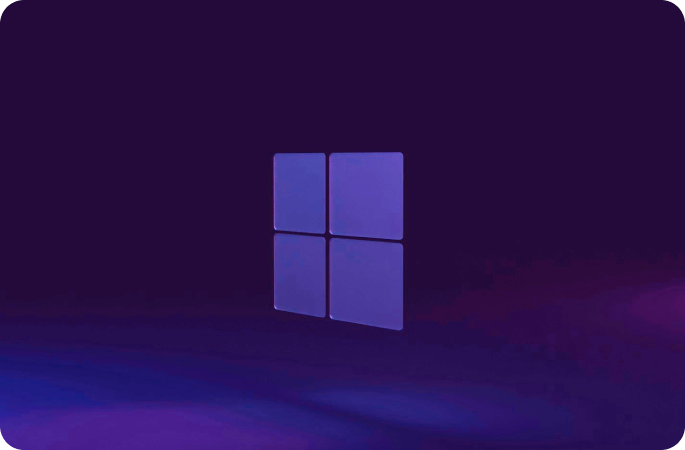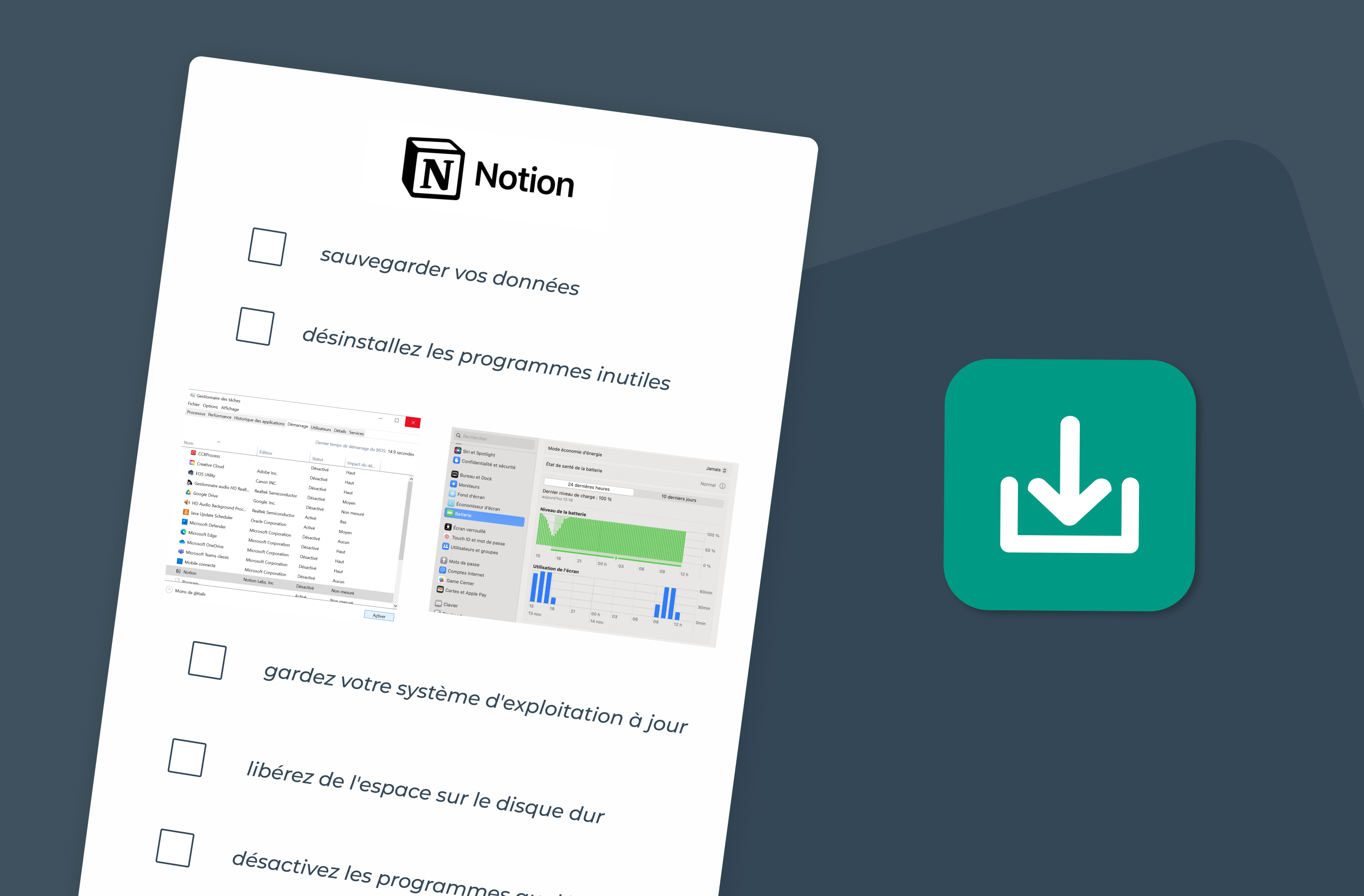Why should you update your operating system?

Benefit from effective IT support
Discover our all-in-one solution
A lot of small businesses don't think about it, and yet...
Updating the desktop operating system is one of these actions that is essential to improve your cybersecurity.
In this article, we will see what an operating system is and the main operating systems available on the market. Then, we look at the main reasons for updating this key software. Let's go!
What is an OS, or operating system, what is it?
Operating System (OS) Definition
In English, it is often called OS: the acronym for “Operating System”. And in French, that means operating system.
But who is he and what is he for?
An operating system is software that manages the hardware and software resources of a computer.
It allows the various software and peripherals of the machine to communicate with each other and to interact with the user.
The operating system is used asinterface between the user and the computer by offering a graphical or command line environment for:
- run applications,
- store and retrieve files,
- as well as manage system processes and resources.
In short, the OS has its work cut out for it and is really central to the proper functioning of your workstations!
The different types of operating systems
Several operating systems are shared on the market:
- Windows, developed by the giant Microsoft. Its market share is around 75% and it equips the vast majority of personal computers.
- macos is Apple's operating system. It can only work on Apple brand machines: Mac, MacBook, etc. Its market share, in France, is slightly less than 20%.
- linux : an open-source and free operating system, widely used for servers and supercomputers, but also available for personal computers. It equips about 3% of computers.
- android (Google) is the most popular mobile operating system in the world, used by numerous smartphone and tablet manufacturers.
- ios : developed by Apple, it is exclusively used on the brand's mobile devices (iPhone, iPad, iPod Touch). There are also other operating systems, which are less popular, but have their own user communities, such as FreeBSD, NetBSD, etc.

What are the latest versions of the main operating systems on the market?
Here are the latest versions of the 3 main operating systems on the market:
- Windows 11,
- macOS “Ventura”,
- and Linux Mint 21.1 “Vera.”
Why do you have to update your OS on a regular basis?
There are many reasons why we recommend that you update your operating system on a regular basis.
Here are 5 main ones. Installing the latest version of your OS allows you to:
- Fixing security vulnerabilities.
- Improving performance of the OS and - therefore - of your workstation.
- Fix referenced bugs (so save time in using the machine!).
- Guarantee the software compatibility of your OS and the software you use (also allowing you to install the most recent software).
- Insure the maintaining technical support. Indeed, if you have an older version of the OS, the publisher no longer always provides technical support. You then risk being at the mercy of computer attacks or breakdowns.
In practice, we recommend waiting a few weeks after the release of a new OS before installing it. This is for major updates, which take place once a year on Mac, and are much longer spaced out on the Windows side.
It is indeed common for these updates to contain bugs, which are fixed after a few weeks.
Let's look at what's new in each of these operating systems.
What's new in Windows 11
Windows 11 did not aim to represent a revolution compared to its predecessor Windows 10.
However, interesting and useful new features have appeared in this version of Windows, including:
- The possibility of Start a Bing search directly from the taskbar (note in passing that Microsoft has invested billions of dollars in ChatGPT technology, whose group wants to become your daily virtual assistant);
- La ability to launch Android games and applications directly in Windows 11, which is not necessarily useful in a professional context, except for taking a well-deserved gaming break 🙂
- The desktop, start menu, and taskbar icons have been optimized. They are more beautiful and more intuitive than before.
- The Microsoft Store, which allows you to download new applications, has been improved. The categories are clearer and easier to navigate, making it easier to access tools such as Zoom, WinZip, or Acrobat Reader.
- And lots of other detail optimizations, which make a difference, such as the fact that windows can now be positioned more easily, the simplification of the file explorer, or the disappearance of Skype (which was used less and less), replaced by a chat application linked to Microsoft Teams (whose use is exploding!).
What's new in macOS Ventura
macOS is also getting a makeover, with its new version, Ventura:
- The entire interface has been updated : menus, buttons, icons, window design, everything has changed, and better!
- Setting up a control center, very useful, allowing you to centrally manage all the settings and settings, which until now were distributed in different places in the OS interface.
- Numerous security updates, to better protect your Mac and your personal data, such as protection against phishing, and protection against leaks on websites, including “Isolation Mode”: offering an extreme level of protection to the rare people facing very targeted cyberattacks.
- Grouping notifications by application, and the improvement of their management.
- Facilitating migration with computers already wrapped up in a MDM.
What's new in Linux Mint Vera
On the Linux side, the Vera version also offers new features:
- On the visual aspect first of all, a new theme is available, and the mouse pointer changes direction.
- The application manager (software library) is also changing its look. For example, search results are now displayed as tiles.
- The update manager has been simplified, providing advice for updating packages (which can be a difficult and time-consuming task for untrained users). An improvement operation was also carried out for the pilot and source manager.
Conclusion: an OS can be updated 🙂
Finally, remember that updating an operating system is not always an easy task. For a team that does not have the necessary skills, it can even become mission impossible.
So, instead, we suggest that you discover a solution to this problem: our IT asset management platform, Rzilient, which updates your operating systems in an automated and completely transparent manner for you, as well as many other useful tasks for your computer system!
.png)





.webp)
